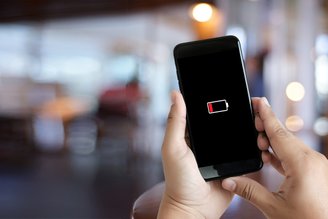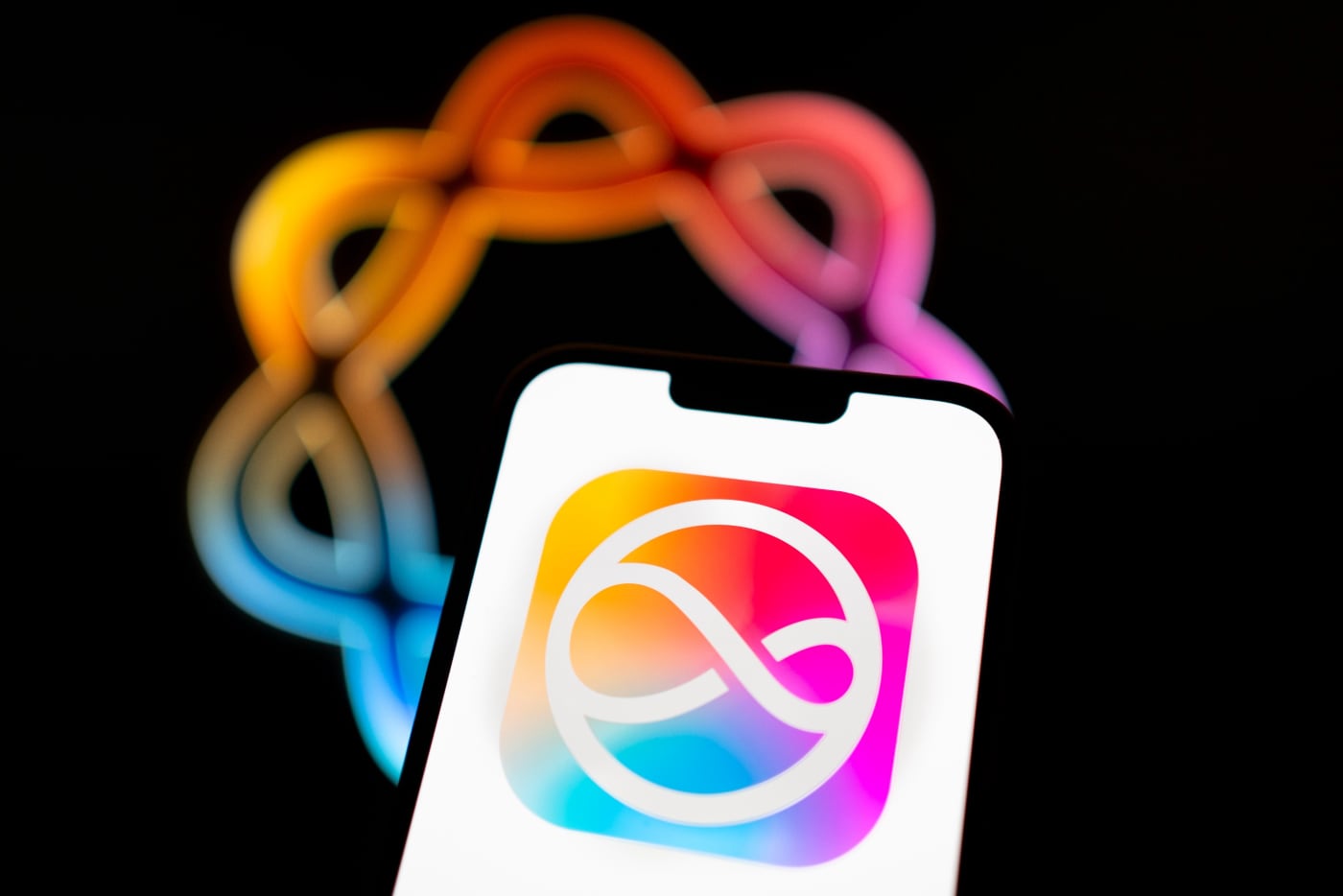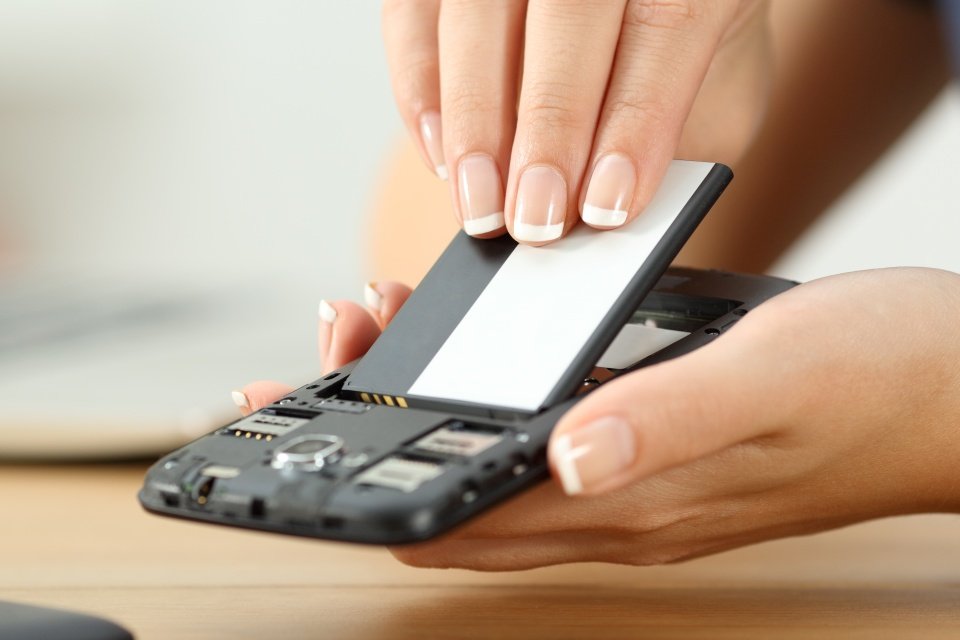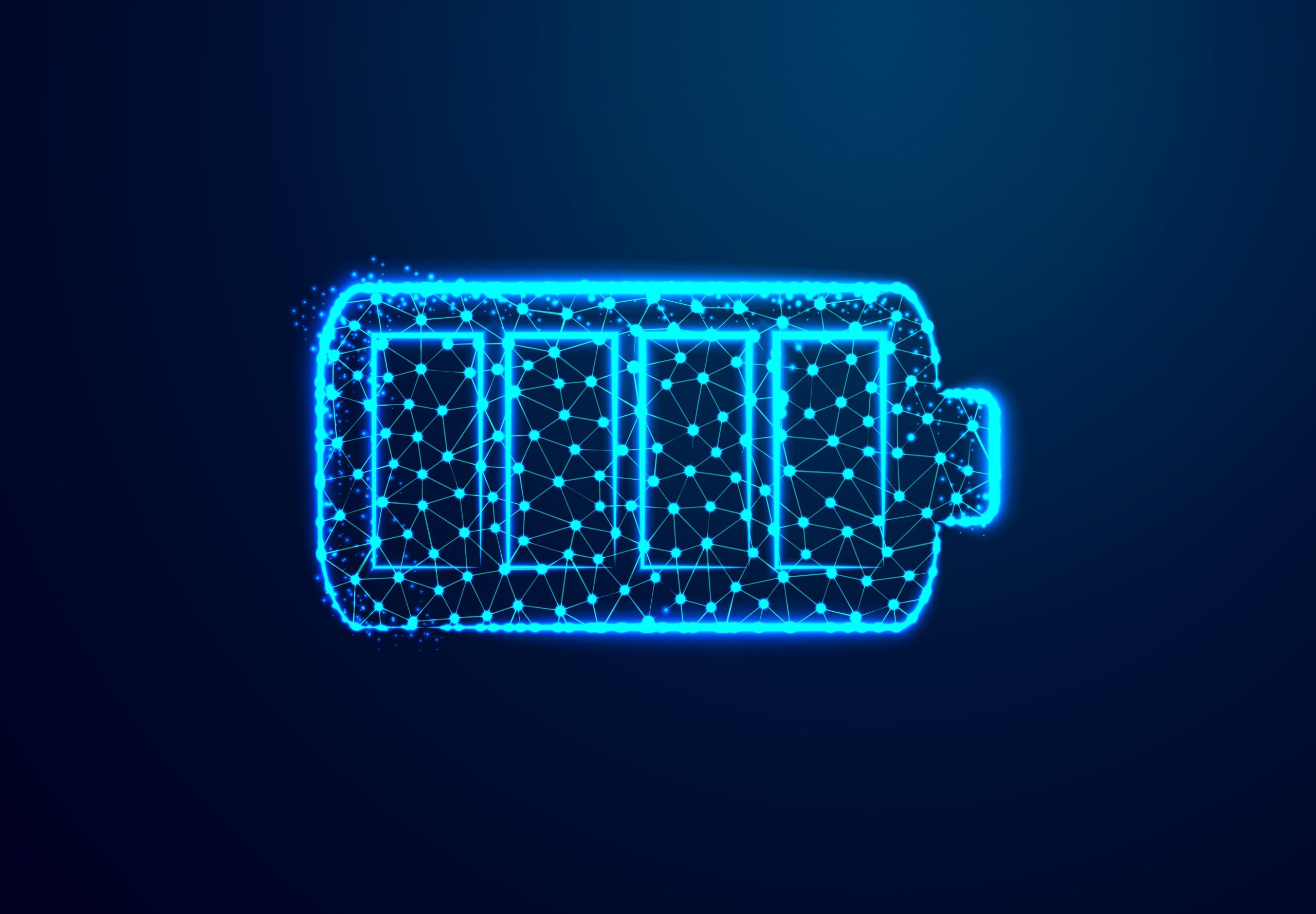This Tuesday (09), during CES 2024, Microsoft announced that it has discovered a material that could reduce lithium use in batteries by up to 70%. A promising result has been obtained from research conducted with artificial intelligence (AI).
The discovery is thought to be important because lithium, in addition to being potentially explosive, can also cause poisoning. Metal is still scarce, causing environmental (due to mining) and geopolitical problems (powerful nations may attack those with metal reserves).
According to Microsoft, the research is being conducted in partnership with scientists at the Pacific Northwest National Laboratory (PNNL). The new material found is a solid-state electrolyte resulting from a mixture of lithium and sodium (and other elements).
The combination has the potential to reduce the amount of lithium used in components such as batteries by up to 70%. Despite the potential to reduce metal use, the main finding of the studies was different for experts.
“Regardless of whether or not it is a usable battery in the long run, The speed at which we found suitable battery chemistry is quite convincingsaid PNNL director Brian Abrahamson.
Abrahamson stated: Studies are still in their early stages and therefore there are no predictions for industrial use, as everything may not work when tested on a large scale.. However, he is especially optimistic about the use of artificial intelligence in academic studies. “Recent technological advances have opened up the opportunity to accelerate scientific discovery,” he argued.
How was the possible lithium substitute discovered?
The new material that can be used in batteries emerged from Microsoft cloud solution Azure Quantum Elements, which aims to accelerate scientific discoveries.
The company’s software and researchers found nearly 500,000 stable materials in a few weeks. The result is considered significant because at other times it would have taken years for the tests to respond.
Analyzes were being improved through quantum computing and the number of potential materials was being reduced. After a potential of 500 thousand, the number dropped to 800.

Azure Quantum Elements product lead Nathan Baker explained that the resulting simulation steps show detailed observations, which helps better select lithium reduction candidates.
The processes were selecting even more until the number grew to 150, then 23. HE The “winner” was successfully synthesized and developed into functional battery prototypes that were subjected to further laboratory testing..
“It was a difficult process. Synthesizing and testing materials at a human scale is fundamentally limiting,” Abrahamson said. However, he emphasized that “the development of new batteries is a hugely important global challenge.”
Source: Tec Mundo
I’m Blaine Morgan, an experienced journalist and writer with over 8 years of experience in the tech industry. My expertise lies in writing about technology news and trends, covering everything from cutting-edge gadgets to emerging software developments. I’ve written for several leading publications including Gadget Onus where I am an author.













